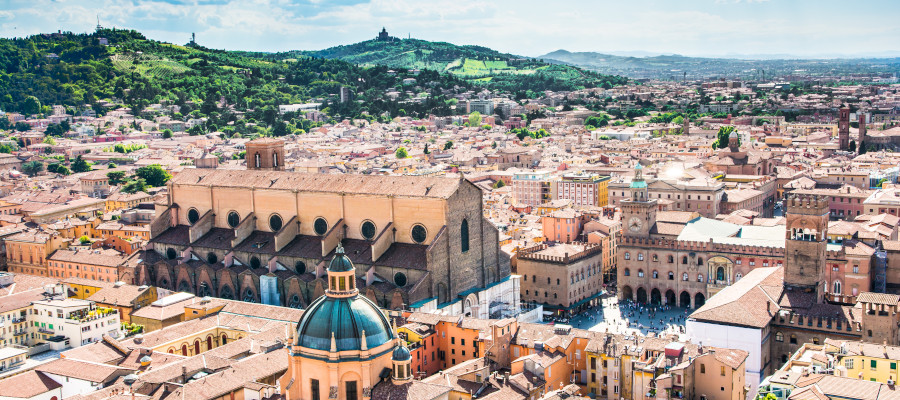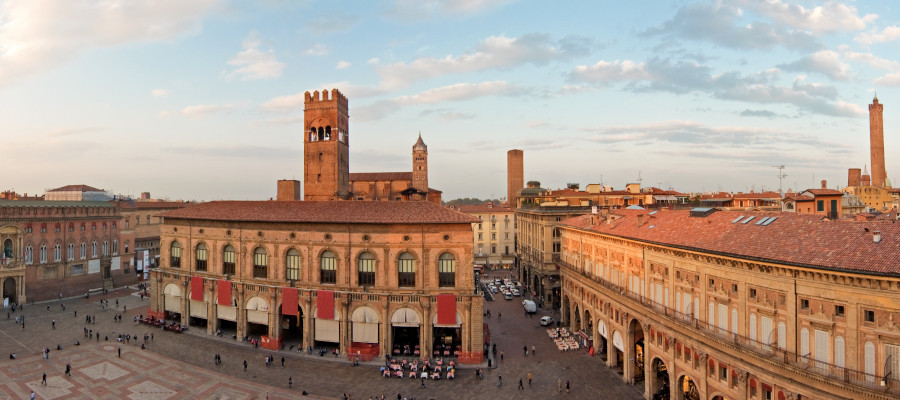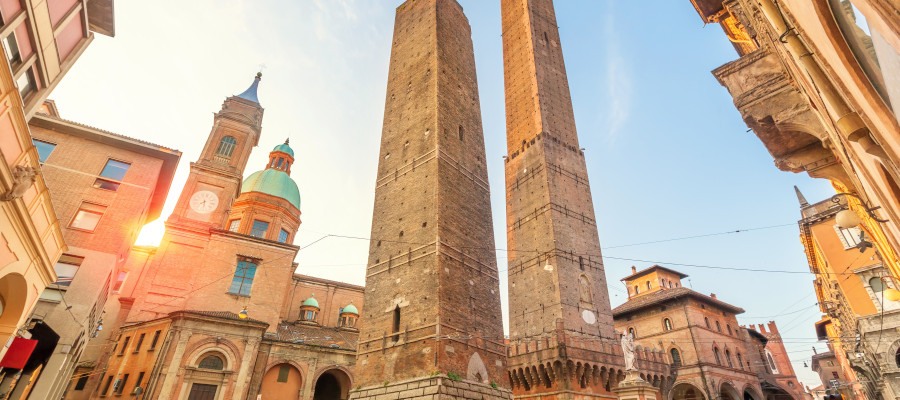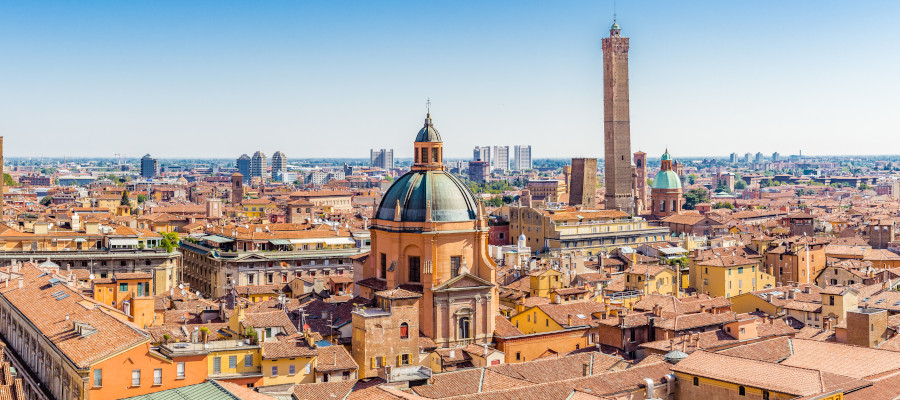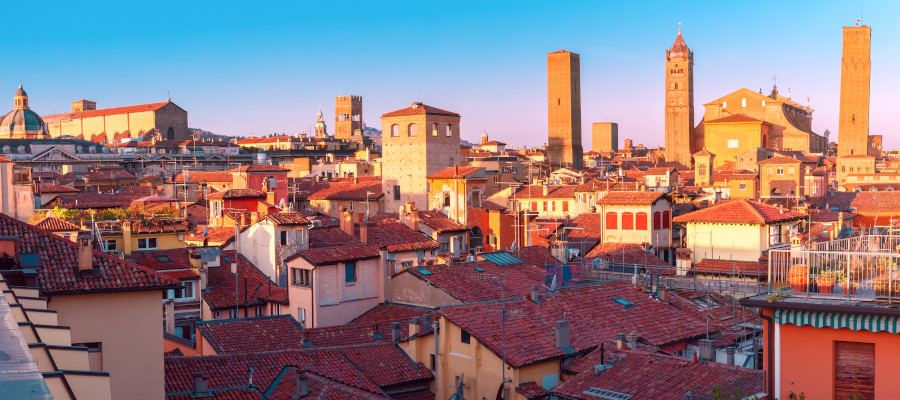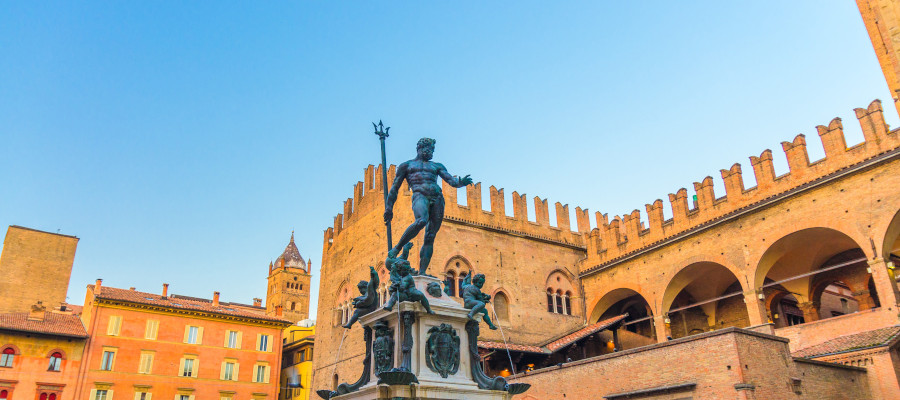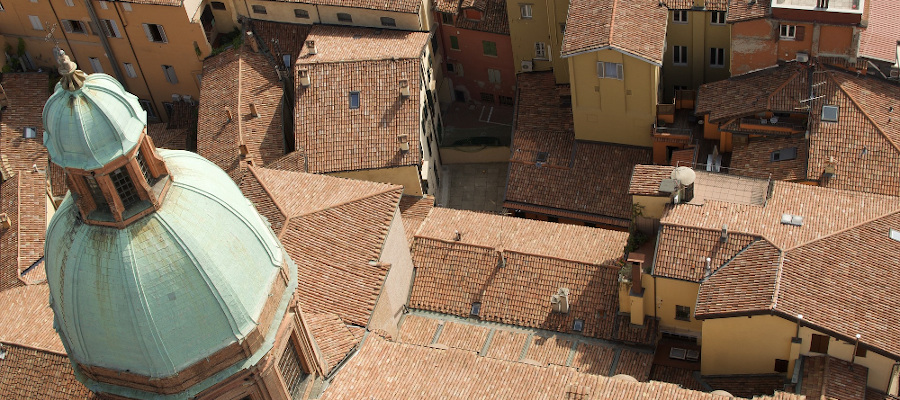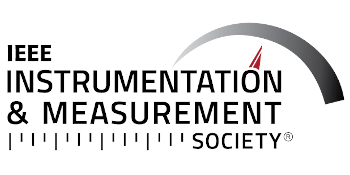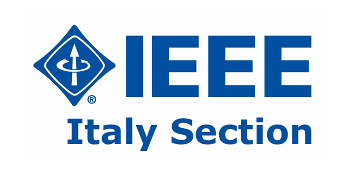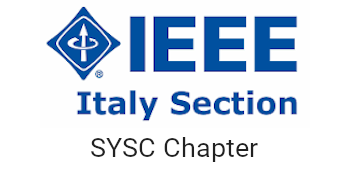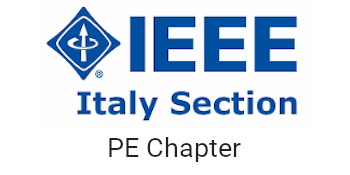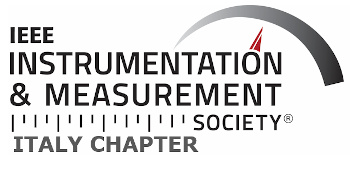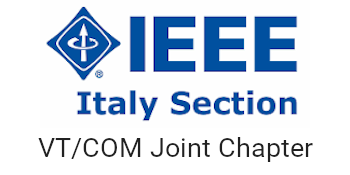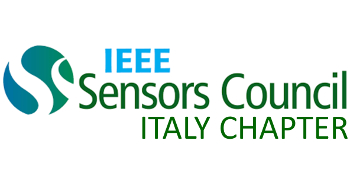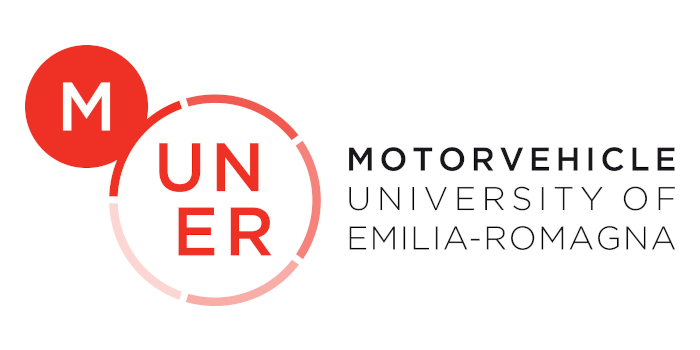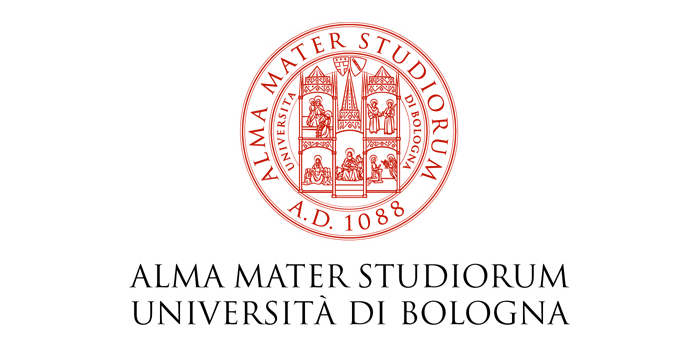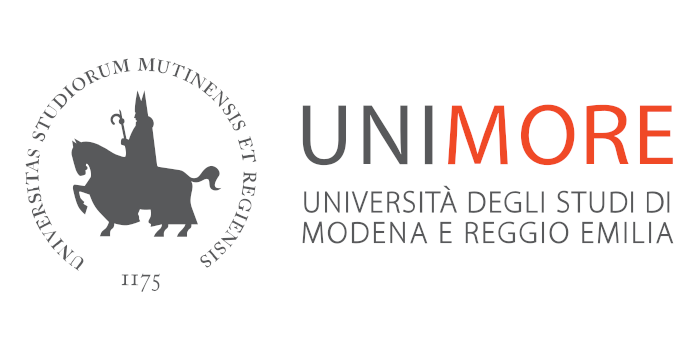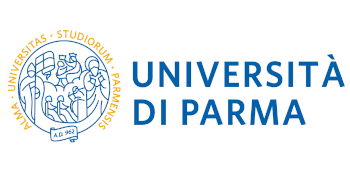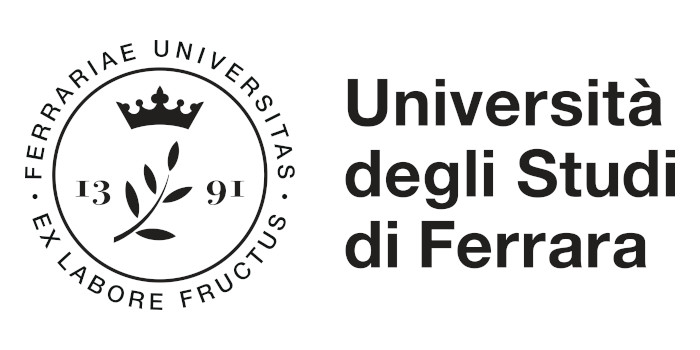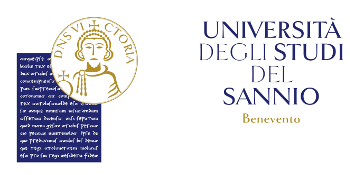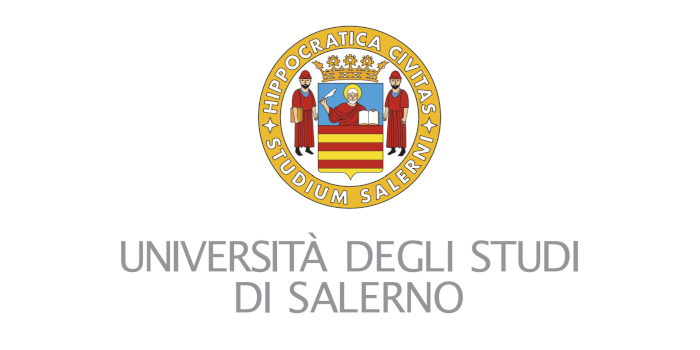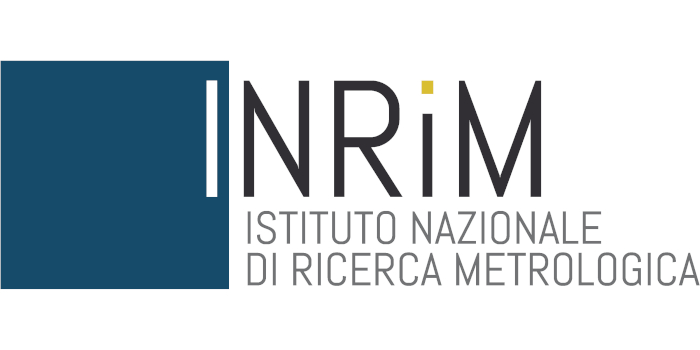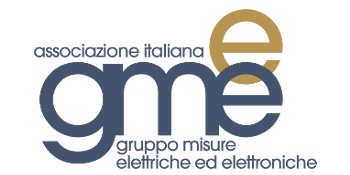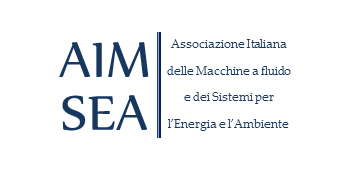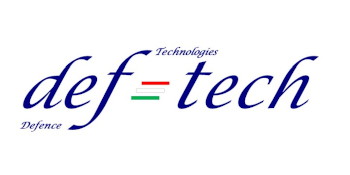The territory of Bologna Province is beautiful and varied.
A topography that spreads over the plain of Po River Valley, along the Reno and the Panaro Rivers, in the hills and in the mountains, along the backbones of the Santerno and Senio Rivers to the east, and glides past the Dardagna in the west.
Numerous are the plains, hills and highlands that surround and compose the Bolognese Apennines and its highest peak, the Corno delle Scale, reaching an altitude of 6,562 feet.
The Province boasts a great number of naturalistic areas, such as the Park of Bolognese Gypsum and Badlands of Abbadessa, the Park of the Suviana and Brasimone Lakes, the Abbey of Monteveglio Regional Park, and more.
Bologna and its environs offer landscapes and nature, of course, but also art and culture. Cultural tourism is highly-emphasized and widespread, with particular attention paid to the visitor’s needs and to increasingly improving the grand heritage of the Province and its Capital.
Photogallery
An Etruscan settlement first, then Gallic, Bologna was also a Roman colony and, later, a Roman city. Inside its walls - of which only a few ruins remain today - the first University in the world was established, in the 11th Century.
A main characteristic of the city are its porticoes that in the center reach a total length of about 23 miles, thus rendering Bologna the city with the most arcades in the world.
Another of Bologna's defining traits are its towers - in the Middle Ages they were as numerous as two-hundred. A tour of the Emilian capital commences in Piazza Maggiore, a rather large piazza that was originally a market. The Piazza has always been the heart of the city, as well as the venue for civic and religious events and celebrations. It is flanked on one side by the impressive Basilica of San Petronio, with its incomplete façade; despite its magnificence, the Cathedral of San Pietro plays the role of Duomo. Also in Piazza Maggiore are the Palazzo del Podestà, the Palazzo dei Notai and the Palazzo dei Banchi.
Piazza del Nettuno, attached to Piazza Maggiore on its northwest, exhibits the Fountain of Neptune and its bronze statue of the god Neptune, by Giambologna. The most famous of those raised in the Medieval Ages are the two towers, Asinelli and Garisenda, offering a fabulous panorama over the city (that is, if you can handle the climb to the top). Not far away is Piazza Cavour, with its porticoes and a gallery of beautifully-colored frescoes.
In the area directly behind San Petronio, you can visit the Church of San Domenico on the homonymous piazza, one of the most important monumental complexes in the city, with paintings and sculptures of great import.
The Santo Stefano Complex (referred to as "the Seven Churches" by locals) is, rather, a place of exceptional historic and religious interest, and is divided into seven holy buildings: churches, chapels and a monastery. Santo Stefano lies in the lovely same-named piazza, site of concerts in summertime, and an evening rendezvous point preferred by students year-round.
The Church of San Giacomo Maggiore impresses for the elegance of its lateral colonnade and interior frescoes. Also in the area is the National Art Gallery, where it is possible to see works by Giotto and his school, Guido Reni, Guercino, along with the famous Ecstasy of St. Cecilia by Raffaello.
Just outside the walls and in the hills is the Sanctuary of the Madonna of San Luca, the most important sanctuary in the history of the city; it is connected to the city by a long arcade that begins in Piazza di Porta Saragozza. The Complex of San Michele in Bosco, in Bologna's environs, is equally-worth a visit.

